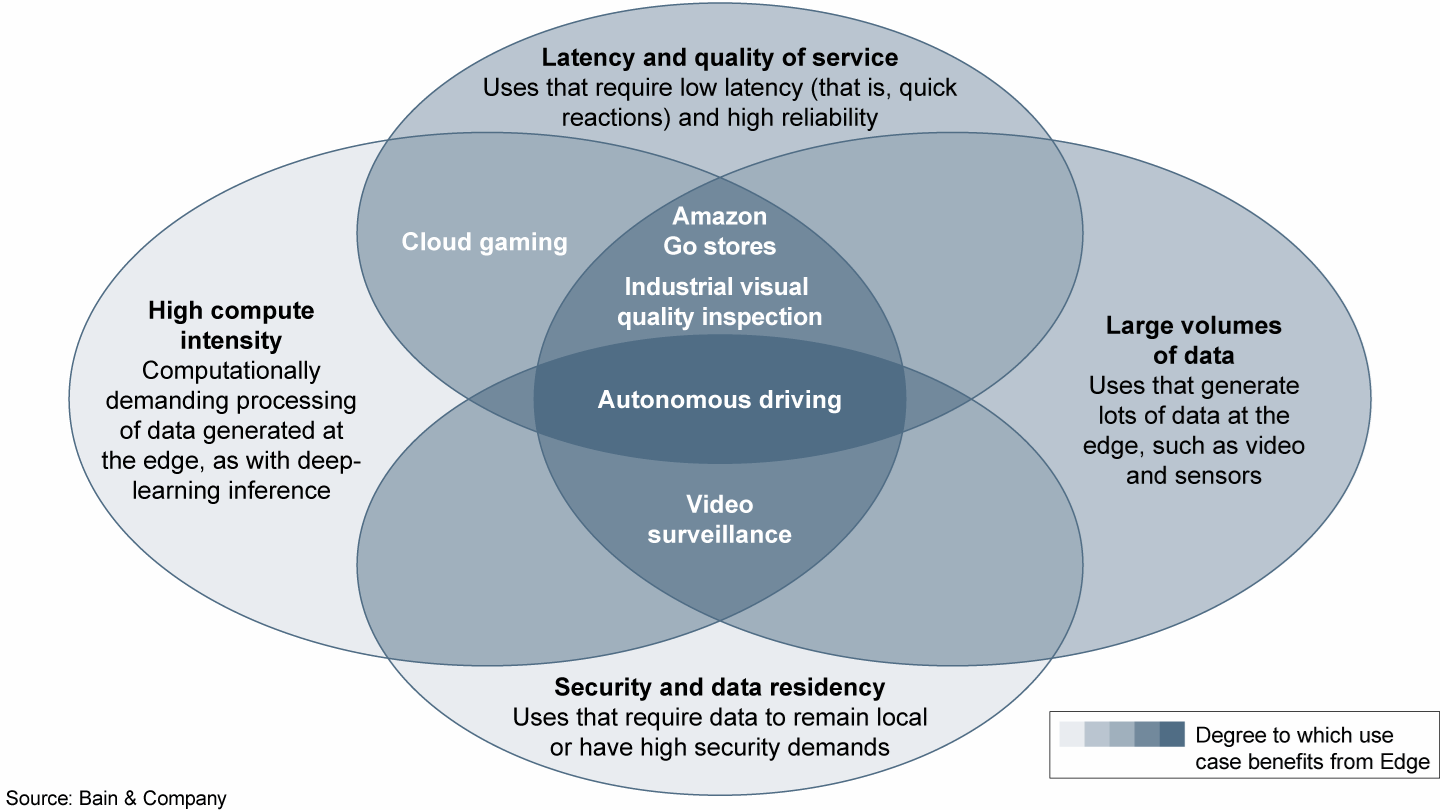Article

The Covid-19 pandemic and associated lockdowns have spurred fundamental changes in the ways we live and work; they have also exposed some weaknesses in the broader network architectures that support us. Some of the changes, including more remote work, more virtual collaboration, increased video streaming and an ongoing rise in online gaming, are likely to last long after the lockdowns. But the weaknesses, including wired networks that have slowed under additional burdens, will have to be addressed.

Macro Surveillance Platform
For more detail on the business implications of coronavirus from Bain’s Macro Trends Group, log on to the Macro Surveillance Platform. Learn more about the platform >
Over the past few months, communications providers and heavy network users have taken action to deal with these weaknesses. Netflix reduced the quality of its video stream to ease traffic on European networks. Verizon committed to boosting its investments in network infrastructure by $500 million to accommodate the demands of more telecommuting and online learning. And data center provider Equinix has said it will accelerate the infrastructure investments it would have carried out over the next year or two.
These sudden and dramatic changes in network traffic are likely to accelerate a shift that was already underway—namely, the development of more edge computing, which preserves bandwidth and increases efficiency by processing information closer to the users and devices that require them rather than sending them to more central locations in the cloud (see Figure 1).
Four common architectural options for edge computing, depending on the applications using them


Businesses are investing in edge computing because it addresses several latent needs in network infrastructure (see Figure 2).
- Data volume: Applications such as video surveillance process so much data that it’s inefficient to send it across the network to the cloud for processing.
- Computational intensity: Applications like deep-learning inference require sophisticated analysis and computationally demanding processing, so they perform better when closer to the source.
- Latency: Transferring data to the cloud and waiting to get results back under loaded network conditions can take too long for time-sensitive applications such as industrial quality control.
- Security and data residency constraints: Some applications and some jurisdictions require that the data remain close to where it’s collected.
Four different but overlapping needs create demand for edge computing


Because of its advantages, edge computing is rapidly becoming a focus for development. Our recent research of potential customers, including media, gaming, telcos and security companies, found that more than 95% have some plans for edge computing and nearly three-fourths aim to begin integrating edge into their IT environments by the end of 2020. A quarter of respondents are already operating edge computing at scale. This shift is likely to continue as companies look to meet the surging demand for bandwidth and network services.
Companies should consider several actions to lay the groundwork for a future shift to edge computing.
- Develop a view on market evolution. A clear perspective on likely scenarios can help executives plan how to reposition their companies and capture new opportunities.
- Identify use cases in which to invest. Options vary, depending on your starting position in the stack and where you want to move.
- Create new partnerships. Choosing the right partners can help fill capability gaps and shift market position.
- Consider M&A opportunities. Disruptions offer the potential to acquire essential technology and capabilities.
Finally, critical moments like this demand that companies renew their plans for the future, starting with strategic goals and working back to the actions that must be taken today to achieve them. For many network companies, if their cash position allows it, the immediate response will likely include accelerated investments in infrastructure for edge computing. Workloads and network traffic patterns are shifting rapidly; investing in the edge computing infrastructure that can alleviate these heightened burdens will be a key element of success from network and communications businesses.

Coronavirus
The global Covid-19 pandemic has extracted a terrible human toll and spurred sweeping changes in the world economy. Across industries, executives have begun reassessing their strategies and repositioning their companies to thrive now and in the world beyond coronavirus.